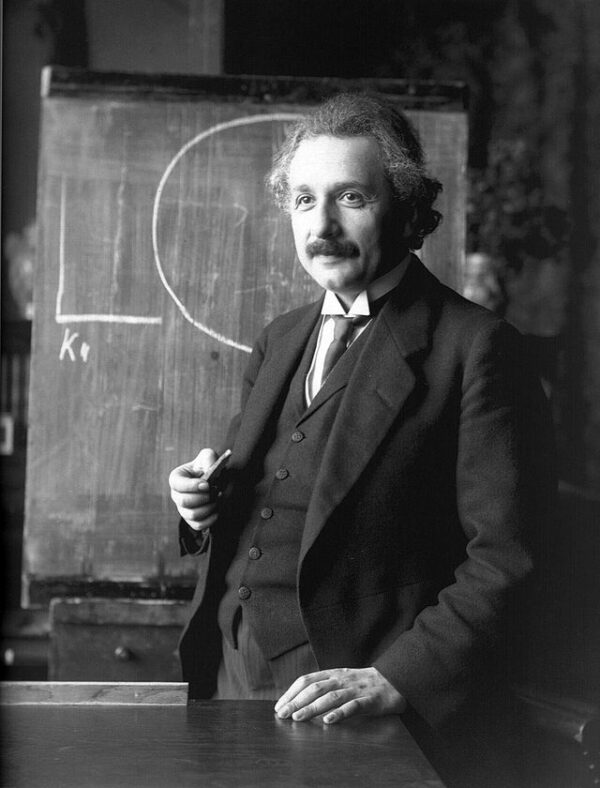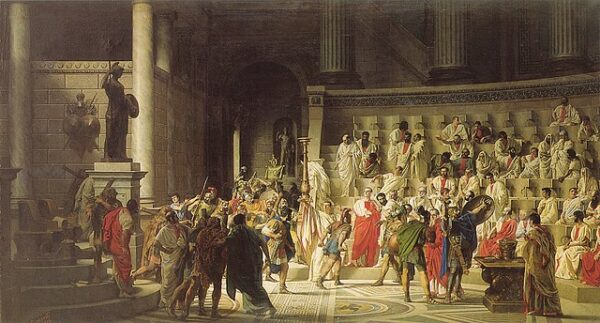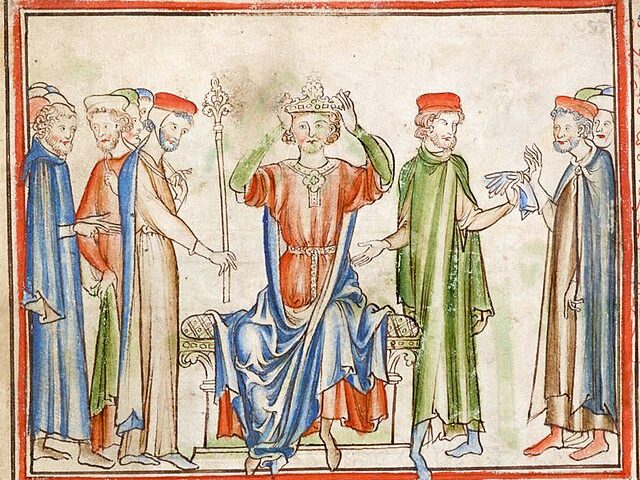On September 26, 1905, Albert Einstein published the third and final portion of what’s been called the Annus Mirabilis papers, a collection of groundbreaking scientific papers that revolutionized the world of science and had a profound impact on our understanding of the universe. These papers marked a turning point in physics and introduced ideas that would reshape the course of scientific inquiry for decades to come. Incredibly, he wrote them not while working as a professor at a university, but as a patent clerk, working six days a week.
Einstein’s “Year of Miracles” consisted of four papers. In the first, Einstein proposed the theory of special relativity, challenging the long-held Newtonian view of space and time. He introduced the concept that the laws of physics are the same for all observers in uniform motion, regardless of their relative velocities. This theory fundamentally altered our understanding of how the universe works, leading to the famous equation E=mc², which relates energy and mass and laid the foundation for the development of nuclear energy.
The second piece addressed the photoelectric effect, providing experimental evidence for the quantum theory of light. Einstein’s work in this area showed that light consists of discrete packets of energy called photons, challenging the classical wave theory of light and contributing to the development of quantum mechanics.
Einstein’s third publication explored the phenomenon of Brownian motion, offering compelling evidence for the existence of atoms and molecules. This work helped to establish the atomic theory of matter and confirmed the existence of atoms, which was previously a matter of debate.
The fourth paper discussed the theory of mass-energy equivalence, introducing the concept that mass can be converted into energy and vice versa, as described by the famous equation E=mc². This groundbreaking insight paved the way for the development of nuclear physics and ultimately led to the creation of atomic bombs and the harnessing of nuclear energy for peaceful purposes.
The Annus Mirabilis papers not only reshaped our understanding of physics but also set the stage for many subsequent scientific discoveries and advancements. They challenged existing paradigms, expanded our comprehension of the physical world, and demonstrated the power of creative and unconventional thinking in science. Albert Einstein’s work in 1905 laid the foundation for much of modern physics and continues to influence scientific research and technological innovation to this day.






